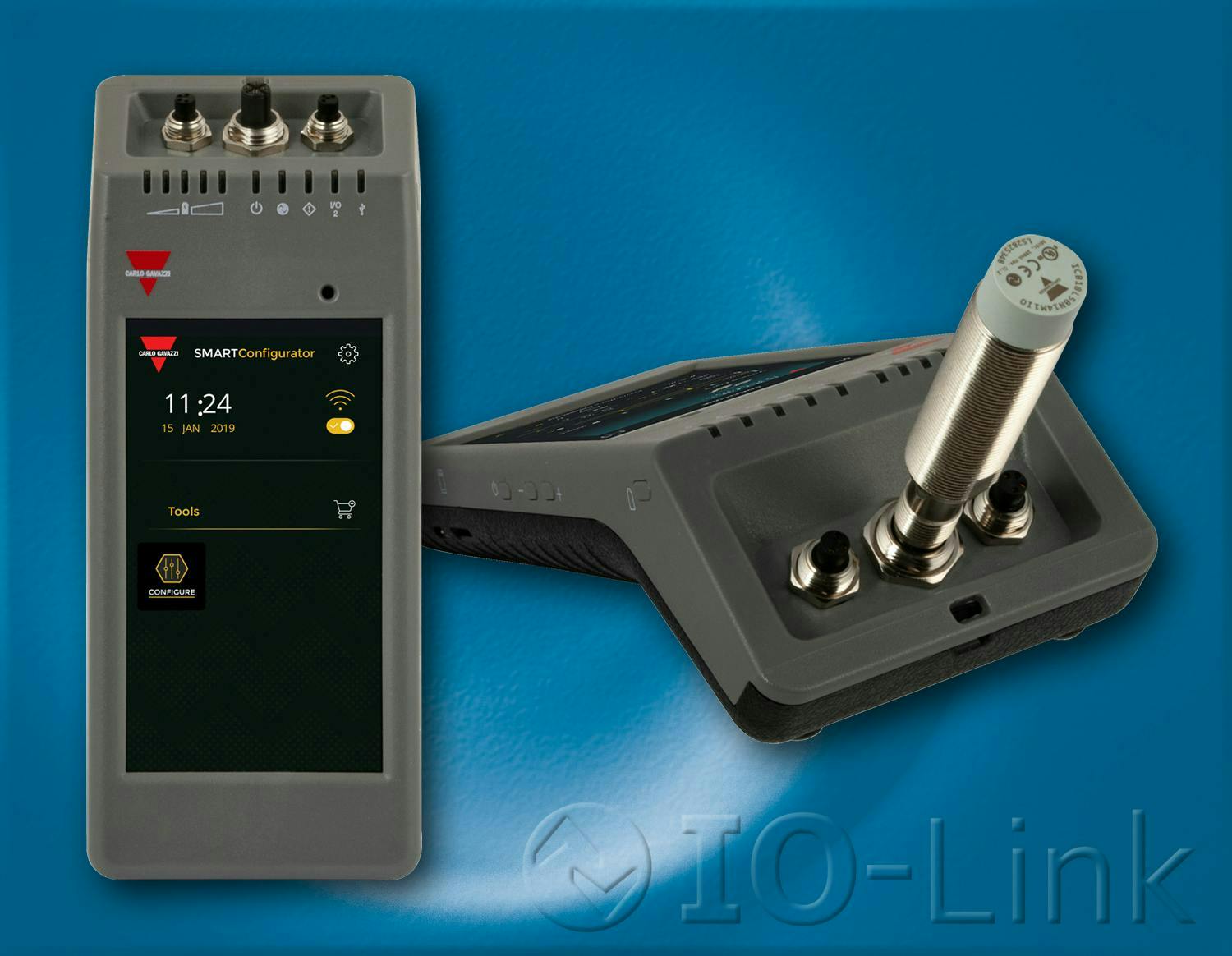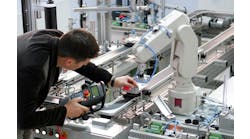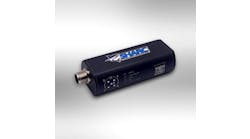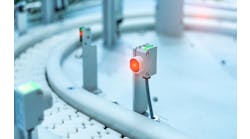Jill Oertel, product line manager, sensors, Carlo Gavazzi: IO-Link enabled devices can exchange, collect and analyze data and convert it into actionable information. This is a critical piece toward an Industry 4.0 journey by accessing critical data from the automation edge—lowest field level and translating it into valuable information. The goal is to make smarter decisions faster. To do that, users need system transparency and access to the right data at the right time. Many IO-Link sensors can provide the number of operating hours, number of power cycles, max and min internal temperature, detection counter and download counter. Even further, some IO-Link sensors provide events or alarms for temperature, dust/debris buildup, condensation and misalignment. Communicating this information to a higher level allows users to plan maintenance prior to failure and see insights across multiple manufacturing lines or even plants. These insights can be differentiating for uptime and efficiency.
How does IO-Link handle multi-sensor devices? Can I configure and access data from individual sensors within a single IO-Link device?
Jill Oertel, product line manager, sensors, Carlo Gavazzi: Yes. Users can configure and access individual sensors, even if the sensors are the same part number, even if the sensors are different technologies, even if they are using the same IO-Link master. Configuring sensors is extremely simplified with IO-Link. During replacement, the IO-Link master will automatically check if the new connected device is the right part number and reconfigure it with the same parameters as the previous device.
What cable topology options are available with IO-Link? Can I use daisy-chain connections, or is a dedicated point-to-point connection required for each device?
Jill Oertel, product line manager, sensors, Carlo Gavazzi: When using IO-Link sensors with an IO-Link master, point-to-point connection is required to the IO-Link master in order to receive sensor-specific events and information. However, many users are not yet ready to implement an entire IO-Link system. Some sensor manufacturers offer smart functions, which provide an option somewhere in between simple discrete sensors and a full IO-Link environment. Functions such as counters, speed and length measurement and pattern recognition allow computing to happen in the sensor, which is faster and reduces the burden on the programmable logic controller (PLC). Some of these functions require a “trigger” sensor to be daisy-chained with the IO-Link sensors.
How does IO-Link integrate with different fieldbus protocols commonly used in automation systems?
Jill Oertel, product line manager, sensors, Carlo Gavazzi: An IO-Link master is required to translate the IO-Link communication protocol to a fieldbus. These IO-Link masters are offered with a variety of ports and sizes—DIN rail-mountable, machine-mountable. Additionally, some original equipment manufacturers (OEMs) are excited about the cloud/edge capabilities offered by IO-Link. Fieldbus communication can be skipped altogether if the IO-Link master offers an onboard OPC UA server.
What are the cost implications of implementing IO-Link compared to traditional wiring methods? Is the upfront cost of IO-Link devices offset by long-term benefits like reduced wiring complexity and improved diagnostics?
Jill Oertel, product line manager, sensors, Carlo Gavazzi: A cost calculation really depends on each individual application. A healthy return on investment (ROI) can be seen for situations with excessive wiring, especially considering installation time. Although most IO-Link sensors are similarly priced to sensors without IO-Link, the initial cost of adding an IO-Link master can be significant. However, the long-term costs need to be considered, as well; reduced downtime due to preventive maintenance, ease of replacement and system transparency down to the edge—lowest field level—provides more data for better decisions. The ROI for IO-Link is easily justifiable for applications when downtime is extremely costly, typically due to expensive scrap or high-speed manufacturing in consumer-goods manufacturing, such as feminine products or diapers, printing/labeling and plastic/rubber injection molding.
Tell us about one of your organization’s state-of-the-art IO-Link offerings.
Jill Oertel, product line manager, sensors, Carlo Gavazzi: IO-Link is a critical piece of an Industry 4.0 journey by allowing visibility and communicating at the edge—lowest field level. However, many users are not yet ready to implement an entire IO-Link system. Configurable sensors offer value by reducing inventory to a single part number with the ability to customize not only the output and sensing range, but time delays, hysteresis, sensitivity and discrete alarms. This ability provides users another step on their automation journey without a major investment. The configuration is possible using Carlo Gavazzi’s SCTL55 handheld IO-Link programmer (Figure 1). All IO-Link parameters from any IO-Link sensor and any manufacturer can be configured and saved.







